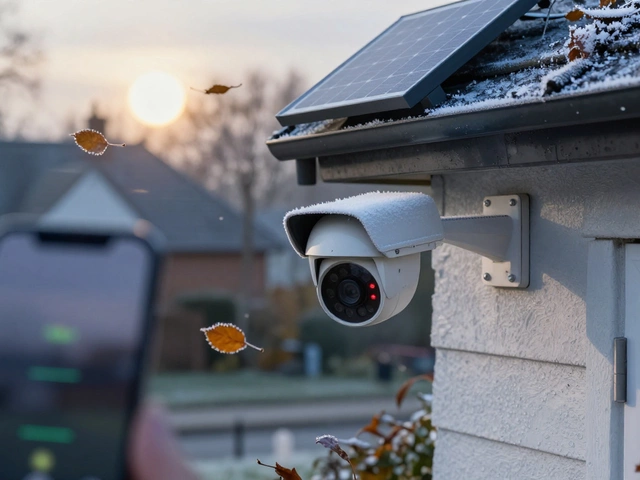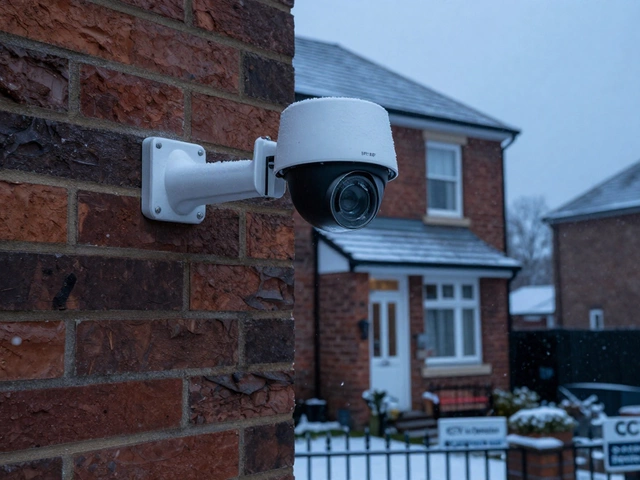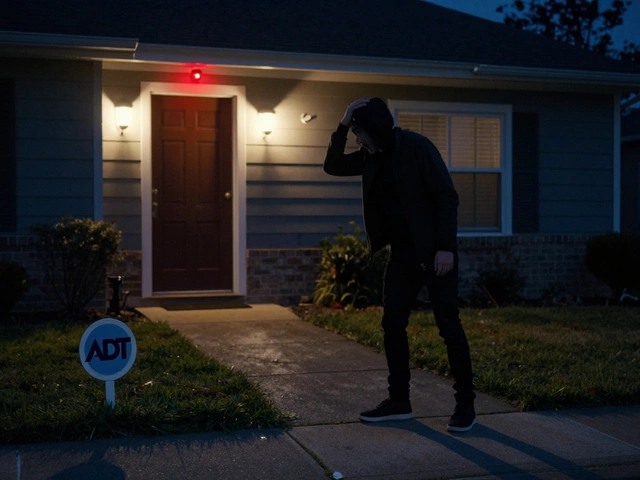Security Technology You Should Know in 2025
Home security isn’t what it used to be. A few years ago you needed just a lock and maybe a simple alarm. Today a smartphone can tell you when someone’s at the door, whether a window is open, and even if a stray cat triggers a motion sensor. The good news? Most of these gadgets are easy to set up and work with the internet you already have.
Key Gadgets Changing Home Security
First up, video doorbells. They replace the old peephole with a camera that streams live video to your phone. Whether you pick a wired model that draws power from your existing doorbell transformer or a battery‑run version, you’ll get motion alerts, two‑way talk, and recordings that can be saved to the cloud. If you’re worried about a dead battery, look for models that give a month‑plus of life on a single charge.
Next, smart cameras. Wi‑Fi security cameras are popular, but they bring privacy and reliability concerns. A better pick is a dual‑tech motion sensor that combines PIR (infrared) and microwave detection. This combo reduces false alarms from pets while still catching a human intruder. Many of these units can be wired into your alarm panel or run on batteries for flexible placement.
Don’t forget the good old alarm system. Modern alarms no longer need a landline. They can talk to a monitoring center over cellular or the internet. Some brands even let you control the whole system from an app, arm and disarm with a tap, and get instant alerts when something goes wrong.
How to Choose the Right Tech for You
Start with your budget. Battery‑powered doorbells and cameras are cheaper up front, but you’ll need to replace or recharge batteries. Wired devices cost more to install but usually run forever without you thinking about power. If you already have a transformer for a traditional doorbell, a wired smart doorbell might be the easiest upgrade.
Check compatibility. Many devices talk to Amazon Alexa, Google Assistant, or Apple HomeKit. If you already use voice control, pick gear that integrates smoothly. This way you can ask, “Is the front door locked?” and get a real‑time answer.
Think about coverage. A single camera can watch a driveway, but you’ll need multiple sensors for the backyard, garage, and interior rooms. Look for systems that let you add extra sensors without a big price jump.
Finally, read the fine print on storage. Some video doorbells store footage for free for a few days; after that you pay a subscription. If you’re comfortable keeping video on a local SD card, that can save money and avoid cloud privacy worries.
Security technology is moving fast, but you don’t have to buy everything at once. Start with the biggest weak spot—often the front door—add a reliable video doorbell, then layer on motion sensors and a smart alarm. With each step you’ll feel more in control and less likely to be caught off guard.






